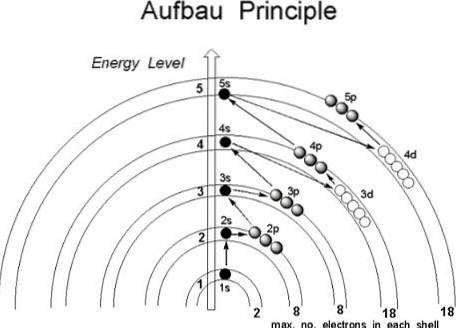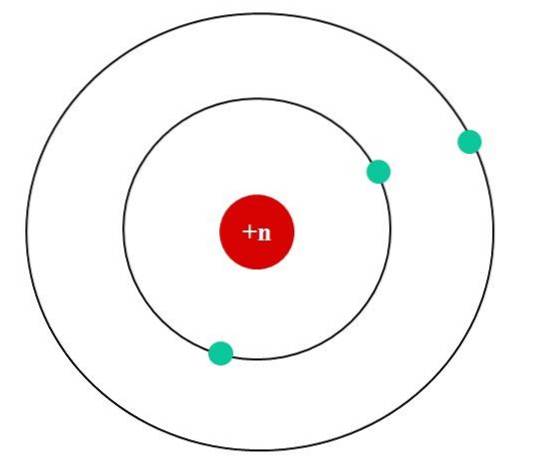
Binge Eating Disorder, what is it and how is it different from bulimia

Who has not ever opened the refrigerator at dawn and started to eat excessively? Or during the day. Who has not had a good binge on food even without being hungry? This type of behavior shouldn't be a problem if it occurs occasionally. In a moment of stress or anxiety we can eat in quantity without being hungry. The problem occurs when this behavior occurs too often. In this case, we could be talking about Binge Eating Disorder.
In this article we will address this disorder at the same time that the differences with bulimia will be reflected. Although this disorder may seem "less serious" because the behavior is that of overeating, the fact of eating is not so much the problem but all that is behind it. In addition to the consequences that can arise from the bingeing itself.
Contents
- Criteria for Binge Eating Disorder according to DSM-V
- Who can suffer it and what does it entail?
- What can promote Binge Eating Disorder?
- Treatment
- Bibliography
Criteria for Binge Eating Disorder according to DSM-V
The DSM-V is a Diagnostic and Statistical Manual of Mental Disorders published by the American Psychiatric Association (APA). In it you will find a detailed classification of the different mental disorders as well as a diagnostic description of these. According to the DSM-V, the criteria for the diagnosis of Binge Eating Disorder are as follows:
A. The occurrence of recurrent binge-eating episodes. An episode of binge eating is characterized by the following two events:
- Ingestion, in a given period of a quantity of food that is clearly higher than that which most people would ingest in a similar period under similar circumstances.
- Feeling of lack of control over what is ingested during the episode.
B. Binge-eating episodes are associated with three (or more) of the following:
- Eating much faster than normal.
- Eating until you feel unpleasantly full.
- Eating large amounts of food when you are not physically hungry.
- Eating alone, due to the embarrassment felt by the amount that is ingested.
- Then feel uncomfortable with yourself, depressed, or very embarrassed.
C. Intense discomfort regarding bingeing.
D. Binge eating occurs, on average, at least once a week for three months.
E. Binge eating is not associated with the recurrent presence of inappropriate behavior, as in bulimia nervosa, and does not occur exclusively in the course of bulimia nervosa or anorexia nervosa.
According to the DSM-V, bingeing can also be classified from mild to extreme:
- Mild: 1-3 binges a week.
- Moderate: 4-7 binges a week.
- Severe: 8-13 binges a week.
- Extreme: 14 or more binges a week.
Who can suffer it and what does it entail?
This disorder occurs in people with normal weight, overweight and obesity. It is not advisable to equate obesity to the disorder since most obese people do not carry out this type of behavior frequently. It affects more women and usually occurs in a range of 2% to 5% of the general population.
Its appearance usually makes an appearance in adolescence or early adulthood. Here we can find a difference with bulimia or anorexia nervosa, since patients with Binge Eating Disorder are usually older than these when they come for consultation.
This disorder is associated with a notable deterioration in quality of life, problems of social adaptation, increased mortality and morbidity, and an increased risk of developing obesity. It usually presents comorbidity with bipolar disorder, depression, and anxiety. There is also some comorbidity with substance use, but to a lesser extent.
Another difference between this disorder and bulimia is that those who suffer from it do not control this excess of food through the abuse of laxatives, diuretics or vomiting.
What can promote Binge Eating Disorder?
- Breaking a diet. When one of the diet guidelines is skipped, the guilt can be such that it triggers a binge eating.
- Negative feelings Feeling down, lonely, irritated, bored ... are factors that can facilitate excessive food intake.
- The hunger of the diet. When someone is on a diet their food intake is significantly reduced compared to their day to day. People with these disorders often take their diet to such an extreme that they eat very little outside of bingeing. Thus, this deprivation of food generates such psychological and physiological tension that it drives the individual to an excessive intake and low self-control..
- Stress, anxiety and / or depression. High levels of stress and anxiety can favor this type of behavior and lead the individual to satisfy their vital anguish through food.
- Dysphoria and psychological distress.
- Anankastic personality. This personality type is characterized by a pathological concern for order and perfectionism. Lack of flexibility and open-mindedness.
- Panic disorder.
- Bulimia nervosa.
- Borderline personality disorder
- Overestimation of body image. Height overestimation in this disorder is less important than in people with anorexia or bulimia nervosa.
- Dissatisfaction with one's own body image. There is a positive relationship between binge eating and body dissatisfaction in obese subjects.
Treatment
In the case of Binge Eating Disorder, psychological treatment will be recommended to offer the person tools to control the impulses that lead them to eat excessively. At the same time, work will be done on all the background aspects that lead the subject to carry out this type of behavior..
A pharmacological approach can be recommended in the initial phases of treatment to control anxiety due to lack of food. However, the main work is to solve what causes this type of behavior, so that the need to binge disappears.
Bibliography
- García Palacios, A. (2014). Binge Eating Disorder in DSM-V. Liaison Notebooks on Psychosomatic Medicine and Psychiatry, 110, 70-74.
- Guisado, J. and Vaz, F. (2001). Clinical aspects of binge eating disorder. Journal of the Spanish Association of Neuropsychiatry, 21 (77), 27-32.
- Kupfer, D. J., Regier, D. A., Arango López, C., Ayuso-Mateos, J. L., Vieta Pascual, E., and Bagney Lifante, A. (2014). DSM-5: Diagnostic and Statistical Manual of Mental Disorders (5th ed.). Madrid: Editorial Médica Panamericana.



Yet No Comments